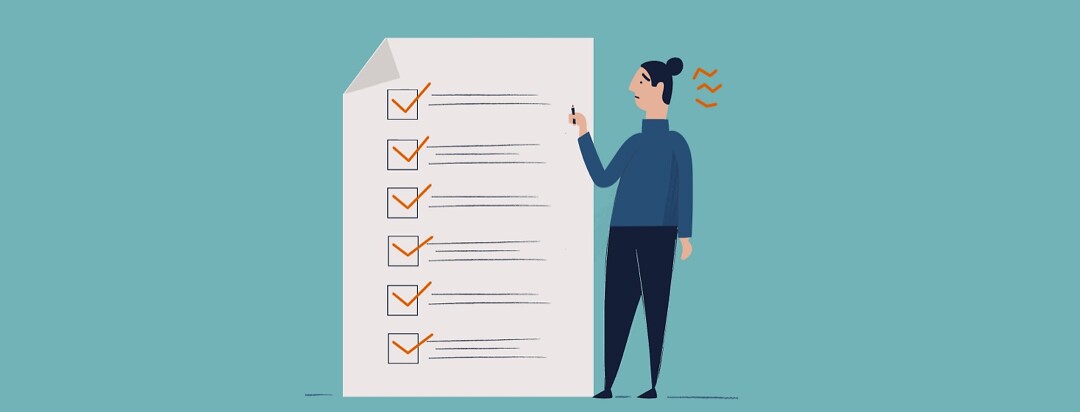The Six Conditions I Commonly See in Endo Patients
Chances are, it’s not just endo. As an endometriosis health coach, all of my clients have endo – but I don’t believe I’ve had a single case where the client has only been struggling with endometriosis alone. Here’s the most common conditions or issues I see:
Pelvic floor dysfunction
Your pelvic floor is like a bowl of muscle and nerves that hold your bladder, uterus, and bowel, and the contraction and release of these muscles control the function of these organs (helping you to pee, have sex, and have a bowel movement).
When we live with chronic pain, we can start developing pelvic floor dysfunction. In most cases, this dysfunction is a tight pelvic floor, known as a hypertonic pelvic floor. The tensing and positions we adopt in response to pain (think about when you curl up during an endo flare) over time leads to tightness and hypersensitive nerves in the pelvic area. This tension then only exaggerates pelvic pain and can especially cause issues like painful sex, bladder pain, constipation, fecal urgency, and frequent urination.
Histamine intolerance
Histamines are a natural part of the immune system in response to an allergen. They’re also found in foods and are made in higher levels in people with endometriosis, interstitial cystitis, and sometimes, gut dysbiosis.
When we have too much histamine in our body or the body struggles to breakdown histamines, we can get what’s called ‘histamine intolerance’, where even just foods and certain exercises, or even stress, can trigger a histamine reaction. This often leaves our body in a chronic state of inflammation or these symptoms can worsen at certain times in our cycle.
Symptoms can include dizziness, vomiting, diarrhea, heart palpitations, and rashes, to name just a few. I see histamine issues in many of my clients who have gut health issues accompanying their endo.
SIBO
Small intestine bacterial overgrowth is when bacteria which should be present in the large intestine accumulates in the small intestine due to a malfunction in our gut function. The bacteria ferments food that enters the SI and create gases that are harmful for us, causing issues like diarrhea, constipation, bloating (that’s a big one), fatigue, and brain fog. In research, 80% of those with endo were found to have SIBO and 100% were found to have slow gut motility – the leading cause of SIBO.
Low cortisol
HPA axis dysregulation is a condition where our output of cortisol becomes dysregulated, as a result of undergoing physical or emotional stress for a prolonged period of time.1
In people with chronic pain conditions, especially endometriosis2 and pelvic pain conditions3, these levels are often too low. That might sound like a good thing, but cortisol regulates our sleep-wake cycle (the circadian rhythm), so if our levels are low, we’ll struggle with fatigue, brain fog, low moods, poor exercise recovery, and more.
Estrogen dominance
Estrogen dominance isn’t necessarily a condition, but it’s a hormonal imbalance I see with many of my endo clients. Either they have an excess of estrogen, which may in part be due to the fact that endo lesions make estrogen and because gut dysbiosis in people with endo may cause old waste estrogen to be recirculated around the body (among other factors)4, or they have low progesterone, creating an estrogen dominant state, often due to stress. Estrogen dominance can cause symptoms like painful periods, heavy periods, clotty periods, and PMS.
Interstitial cystitis
Interstitial cystitis is another condition that plagues the endo community, with research estimating the prevalence from 65% or higher.5-6
IC, also known as Painful Bladder Syndrome, is a condition which is usually caused by multiple factors, like pelvic floor dysfunction, chronic inflammation and a stressed nervous system. It can also be caused by histamine intolerance and SIBO. It creates symptoms like frequent urination, bladder pressure and pain, urgency and feeling like you can’t empty your bladder properly.

Join the conversation